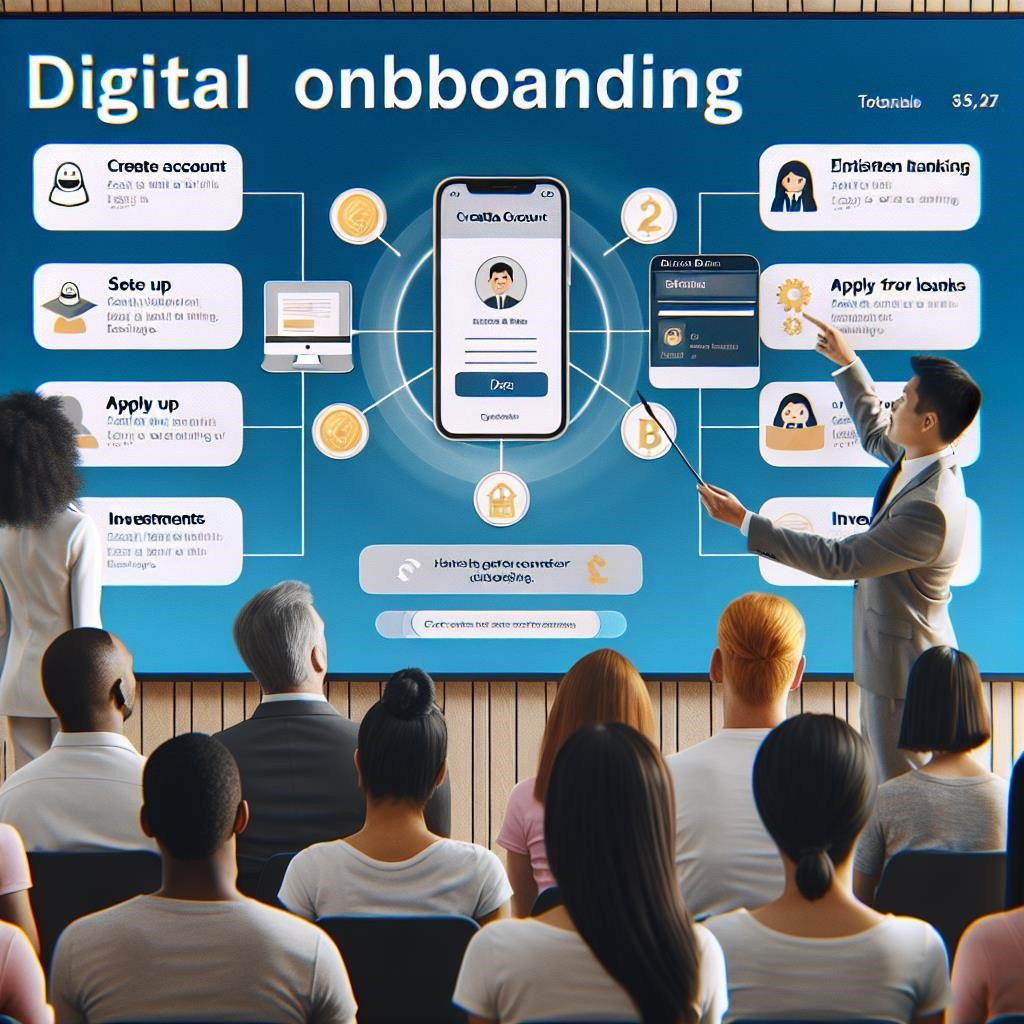In today’s fast-paced digital world, the banking sector is undergoing a significant transformation. One of the most impactful changes is the shift towards digital onboarding. This process refers to the online procedures that allow customers to open bank accounts, apply for loans, and access various banking services electronically, eliminating the need for physical paperwork and in-person visits.
What is Digital Onboarding?
Digital onboarding in banking is the process through which new customers are introduced to banking services via digital platforms. This encompasses everything from account creation to identity verification, and it aims to provide a seamless experience for users.
The Importance of Digital Onboarding
As consumers increasingly demand convenience in their banking experiences, digital onboarding is becoming essential for financial institutions. Here are some key benefits:
- Enhanced Customer Experience: Digital onboarding simplifies the account opening process, making it quicker and easier for customers.
- Cost Efficiency: Reducing the need for physical branches and paperwork lowers operational costs for banks.
- Regulatory Compliance: Digital onboarding can integrate compliance checks and identity verification, ensuring that banks adhere to legal requirements.
- Increased Customer Engagement: A streamlined onboarding experience can lead to higher customer satisfaction and retention rates.
Key Features of Digital Onboarding
To be effective, digital onboarding processes typically incorporate several crucial features:
- User-Friendly Interface: The onboarding platform must be intuitive and easy to navigate.
- Mobile Compatibility: With a significant number of users accessing banking services via smartphones, mobile-friendly onboarding is essential.
- Secure Identity Verification: Utilizing biometric technologies, such as facial recognition or fingerprints, enhances security during the onboarding process.
- Document Upload Capabilities: Customers should be able to easily upload necessary documents directly through the platform.
Challenges in Digital Onboarding
Despite its advantages, digital onboarding does come with challenges:
- Security Concerns: Ensuring the safety of user data is paramount, and banks must invest in robust cybersecurity measures.
- Regulatory Compliance: Navigating various regulations across different regions can complicate the onboarding process.
- Customer Trust: Some customers may be hesitant to use digital onboarding due to concerns about privacy and security.
Future of Digital Onboarding in Banking
The future of digital onboarding in banking looks promising. As technology continues to evolve, we can expect:
- Increased Automation: Automation will streamline processes further, reducing the time from application to account opening.
- Personalized Experiences: Advanced data analytics will allow banks to tailor onboarding experiences to individual customer needs.
- Integration of AI: Artificial intelligence will play a significant role in enhancing security and providing customer support during onboarding.
Digital onboarding represents a vital evolution in the banking industry. As financial institutions continue to adopt and refine these processes, the focus will remain on enhancing customer experience while ensuring security and compliance. By embracing digital onboarding, banks can not only meet the demands of modern consumers but also position themselves for future growth and success.






